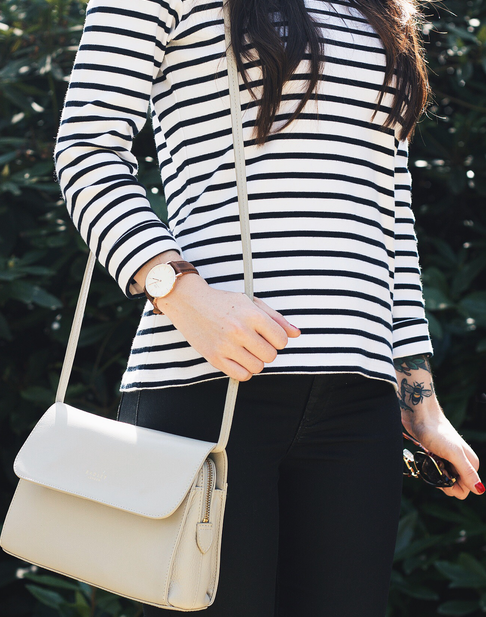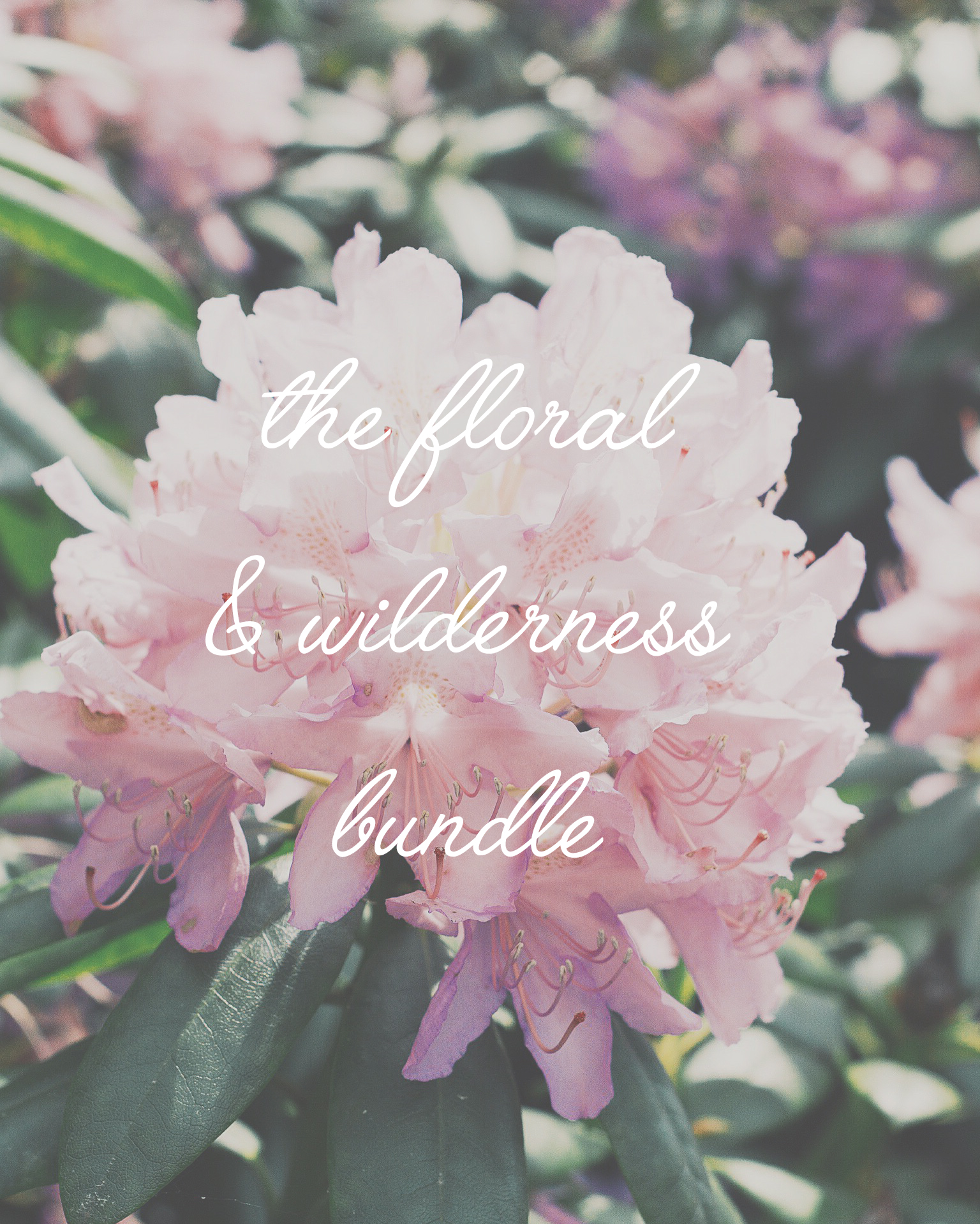The Best Photography Basics To Learn That Can Instantly Up Your Photography Game
Over the years of studying photography and practising it on a daily basis, I've learnt that it's not the big and expensive things that make the biggest difference to the outcome of your images. It's the very basic things that we take for granted and can easily ignore but they're worth taking the time to learn. And most importantly over equipment, knowledge and editing software, it's not those things that take the image it's you the person and above all else, that's what makes the best images.
EVERYTHING IS SUBJECTIVE, DO WHAT FEELS RIGHT
Before I prattle on about what I think is important when it comes to awesome images I wanted to talk about something that I believe is the most important factor when it comes to photography but not enough stress is put on it especially in the online world. Everything we see and do is subjective and what I believe really makes for beautiful images is not what everyone else thinks is aesthetically pleasing and there is no wrong or right way to do it. And it's so easy to fall into a horrible comparison trap with photography and think one way of shooting is better than the other but it's not the case and you have to do what feels right for you. Photography is an art and as the age old saying goes; different strokes for different folks.
LIGHT
Understanding and working with light isn't something that is all that exciting, I admit it but if you rely on natural daylight to take your photographs then understanding how it works can make all the difference in the world. The light obviously not only changes the settings that you need to put your camera on but it can change the overall feeling of your photographs. If you're a still life photographer then this is something that you change during the editing process generally but if you're capturing landscapes then it can be a little more tricky. Some of my favourite times to photograph are: golden hour for portraits, pastel sunsets for landscapes and sunrise and sunsets all year round are wonderful. When photographing inside any weather can be ok if you're working with a tripod but in general, I like to shoot when it's a light grey sky outside as it acts as a giant softbox.
Taken at 10am in Winter
Taken at 3pm in Spring
THE TIMES I'VE FOUND CAN WORK WELL FOR PHOTOGRAPHY
OUTSIDE
- Best time to photograph in S/S: 7am - 9pm
- Best time to photograph in A/w: 8am - 4pm
INSIDE
- Best time to photograph in S/S: 8am-6pm
- Best time to photograph in A/W: 10am-2pm
RULE OF THIRDS & COMPOSITION
To me, it doesn't matter if you have all the technical knowledge in the world or the best camera none of that matters without some sort of knowledge of composition or the rule of thirds. And even though there are set in stone rules you can follow about composition and the rule of thirds that doesn't mean you have to follow them and of course there are plenty of photographers out there who don't and create beautiful images. I've always found that predominantly working in the still life arena means that having good composition to an image can completely make or break it and the wrong composition or angle can completely destroy an image. A lot of cameras and even when shooting on your phone allows you to use a grid function which makes it so easy to compose something and get those leading lines perfect.
DEPTH OF FIELD
noun
(in photography) the distance between the nearest and the furthest objects giving a focused image.
LARGE DEPTH OF FIELD
SHALLOW DEPTH OF FIELD
Depth of field is something I love to play around with, especially with still life photography. I like to use a soft depth of field and having the subject really sharp and the background soft or as some people say...bokeh. Typically for landscape photography having a shallow depth of field isn't something that works well at all but if you're into portraits and still life I think it's something that can work beautifully. Of course, to make the most of this function you do need to learn how to use your camera on manual and not shoot on automatic, which is something I believe every SLR user should do as otherwise you're not making the most out of that piece of kit that probably wasn't cheap. The new iPhone does have portrait mode which is supposed to emulate a shallow depth of field and sometimes it can work beautifully but you have to be careful with it as it can blur the edges of the subject matter.
FURTHER READING
What do you think are the best basics to learn?
Check out: Sophie Anne Taylor









